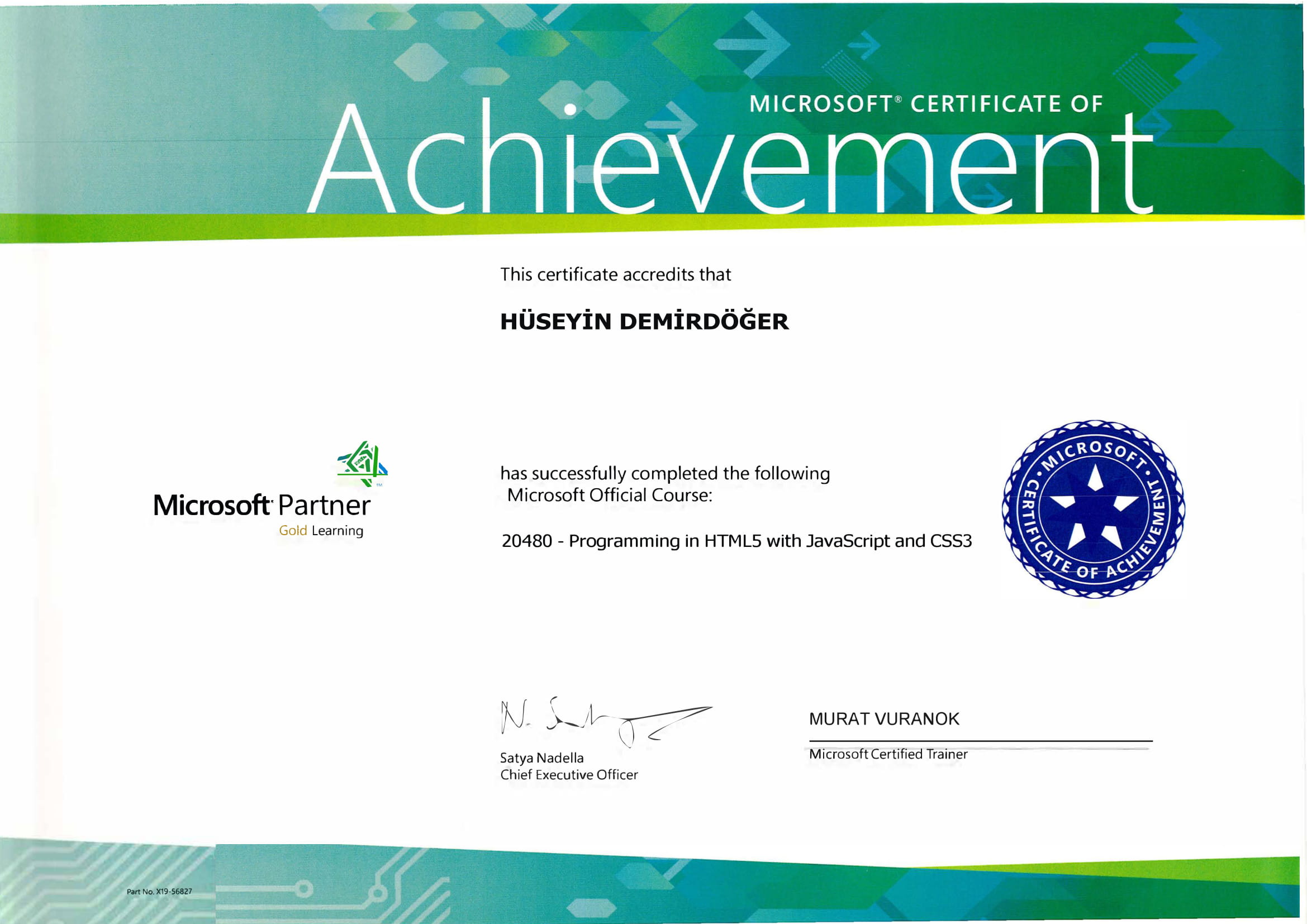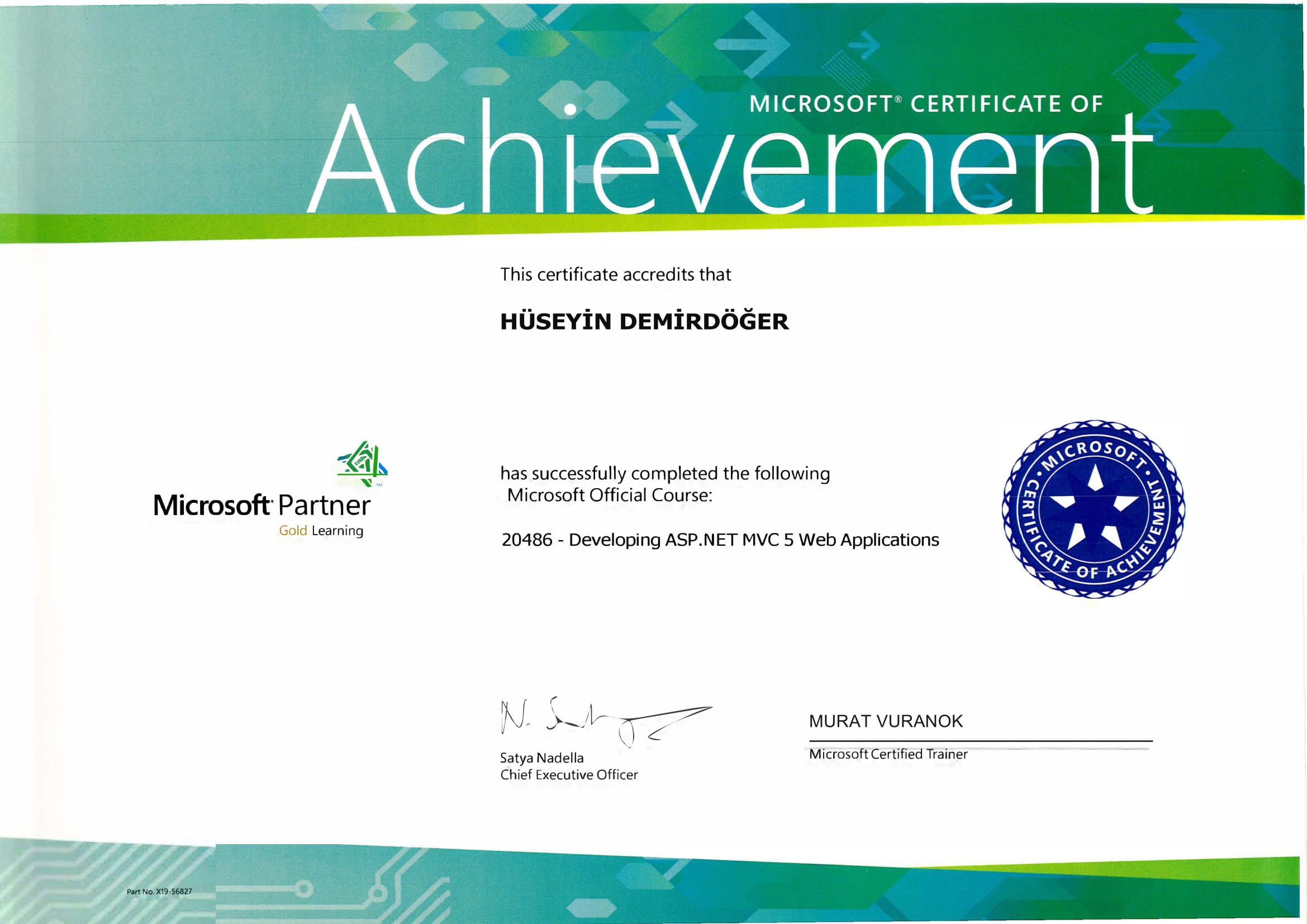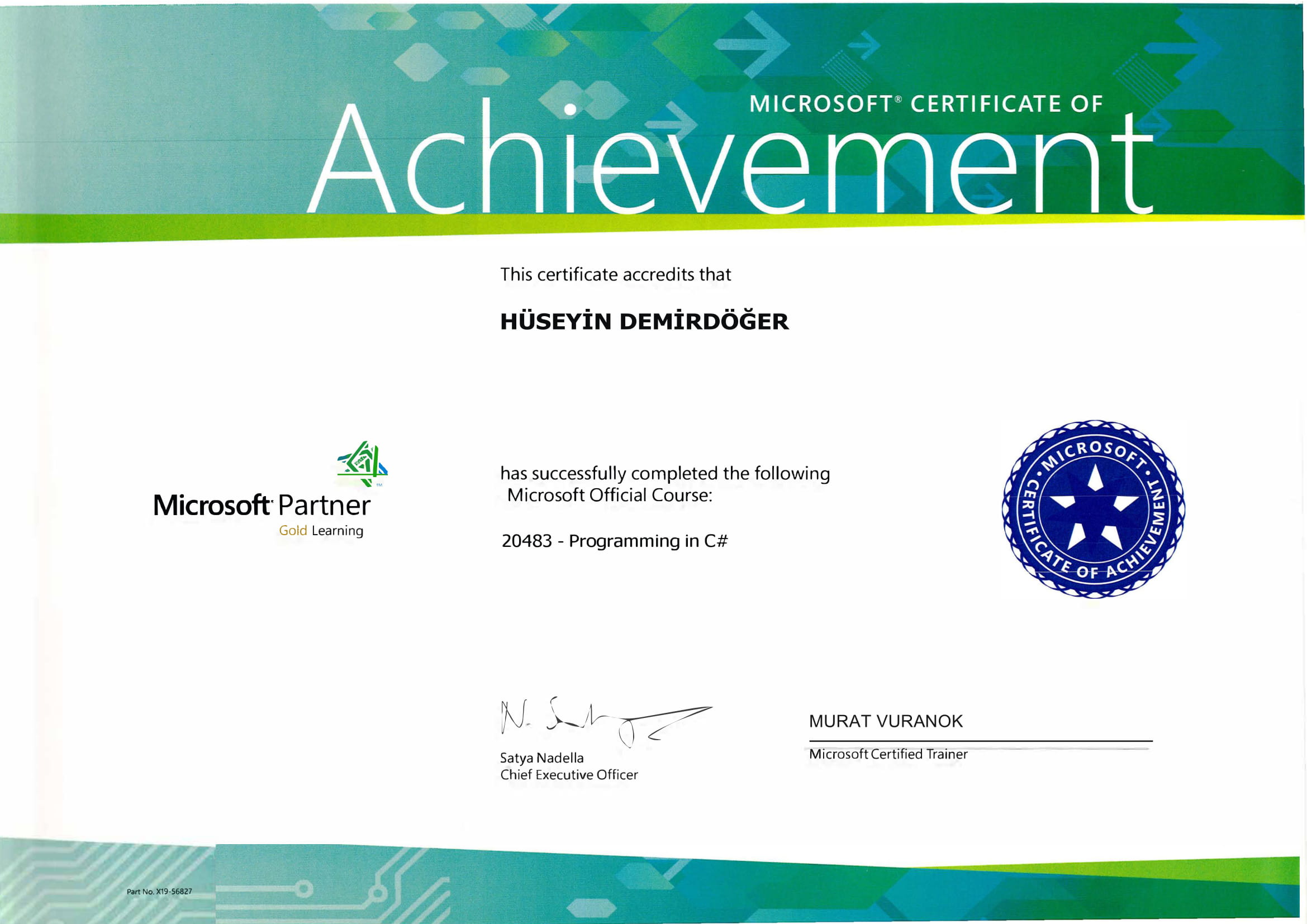Windows error code 0x80070035, also known as "Network Path Not Found," is a common issue faced by users trying to access shared resources over a network. This problem typically arises when your computer can’t connect to another device on the network. It can be incredibly frustrating, especially in a work environment where file sharing is crucial. Have you ever found yourself stuck with this error? Let's dive into how to resolve it step by step.
Understanding Error Code 0x80070035
When faced with this error, the network path mentioned can't be reached, possibly due to incorrect network settings or firewall settings preventing access. Maybe you're like me, where at first, I thought this error was something more significant—a hardware malfunction, perhaps? But in many cases, it boils down to a few misconfigurations or overlooked settings.
Common Causes
- Incorrect Network Configuration: Sometimes, a misconfigured network setting can cause this error.
- Firewall Blocking: Your firewall might block the network path without you even realizing it.
- Outdated Network Drivers: Remember, just like how software needs regular updates, drivers do too. Outdated drivers may lead to connectivity issues.
- Faulty DNS Settings: Erroneous DNS settings could also be a culprit, disallowing domain names from being mapped to IP addresses.
Step-by-Step Solution Guide
Here’s how you can solve this issue:
Step 1: Ensure Network Discovery is Enabled
To enable Network Discovery:
- Go to 'Control Panel' > 'Network and Sharing Center' > 'Change advanced sharing settings.'
- Ensure that 'Turn on network discovery' and 'Turn on file and printer sharing' are checked. Apply changes.
Step 2: Disable Firewall Temporarily
It's essential to verify if your firewall is creating the blockade:
- Go to 'Control Panel' > 'System and Security' > 'Windows Defender Firewall.'
- Choose 'Turn Windows Defender Firewall on or off.'
- Temporarily disable it and try accessing the network path again.
If this resolves the error, consider adding an exception to your firewall rules.
Step 3: Update Network Drivers
Updating drivers can be straightforward once you make it a habit:
- Right-click on 'This PC' or 'My Computer' on your desktop, then 'Manage'.
- Go to 'Device Manager' and find 'Network adapters.'
- Right-click on your network adapter and select 'Update driver.'
Step 4: Adjust DNS Settings
Sometimes a small change can make a big difference:
- Go to 'Control Panel' > 'Network and Sharing Center' > 'Change adapter settings.'
- Right-click your active connection, click 'Properties,' and select 'Internet Protocol Version 4 (TCP/IPv4).'
- Ensure that 'Obtain DNS server address automatically' is selected.
Additional Resources
For more assistance with related error codes, you may want to explore these guides:
- Windows Error Code 0x8007001e: Fix Update Failures, Installation Errors, and System Crashes
- Windows Error Code 0x80070005: Solve Access Denied Issues
- Windows Error Code 0x80070002: Fix Update Failures and System Configuration Problems
These guides can provide additional insights into managing different error codes and are excellent resources to keep handy.
Conclusion
Facing Windows error code 0x80070035 can indeed be a significant hurdle, but with the right approach and steps, it can be resolved. Whether it’s fiddling with firewall settings or getting your network drivers up to date, each step brings you closer to that seamless network connectivity.
Resolving such technical snags always brings a unique satisfaction. What do you think about this guide? Did these steps help you overcome the error? Remember, a well-maintained network ensures smoother communication and collaboration. Happy troubleshooting!


















